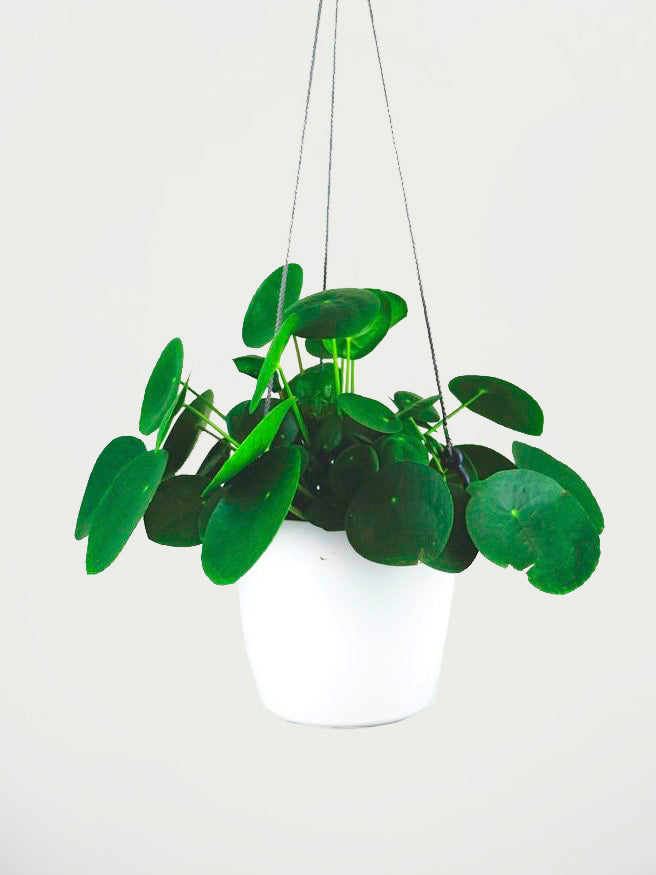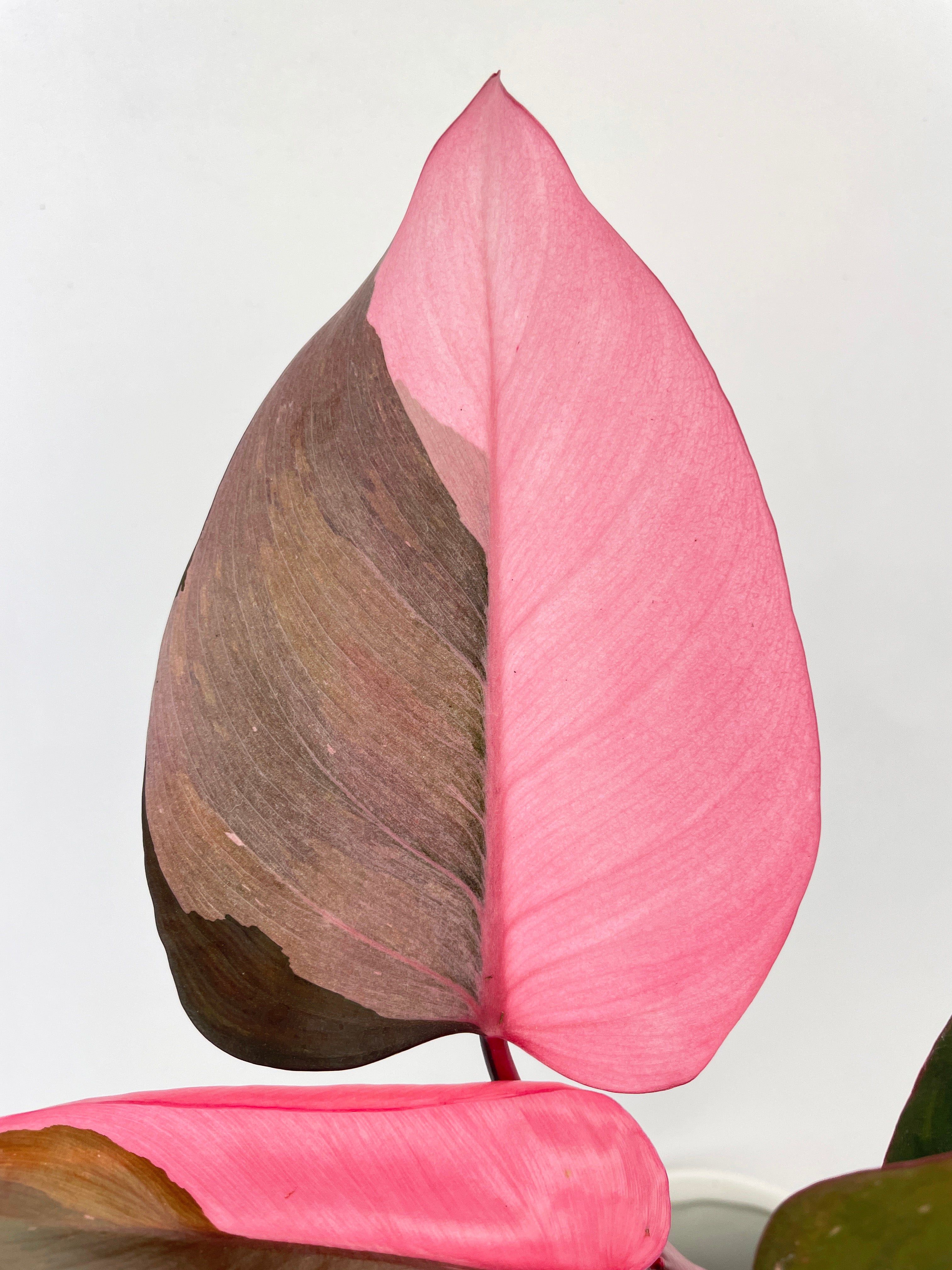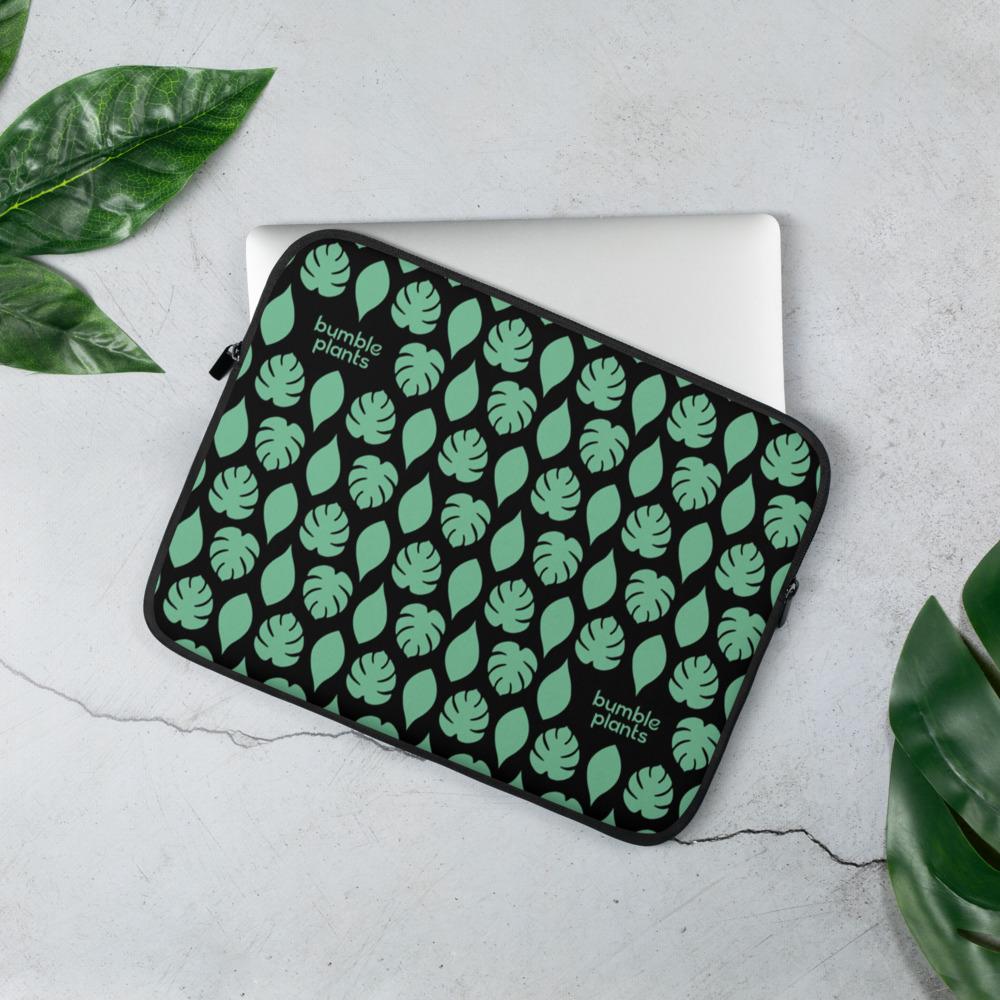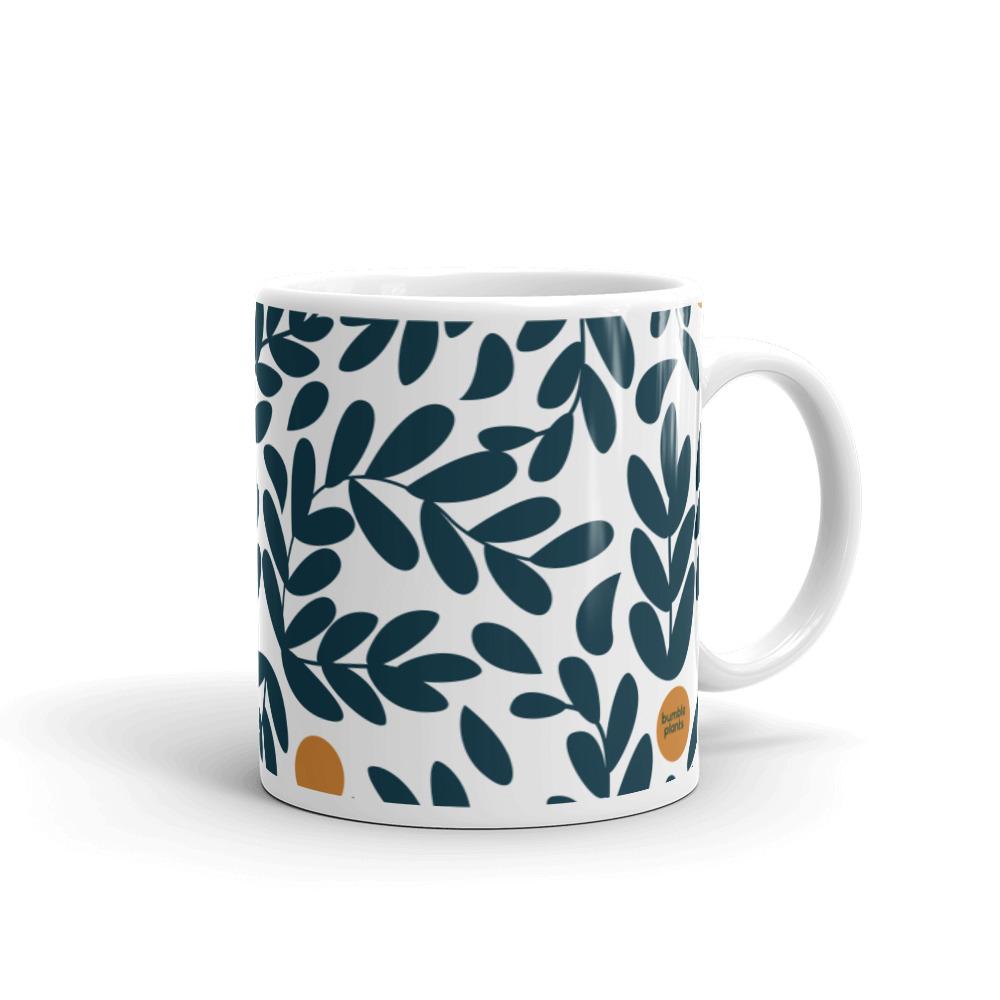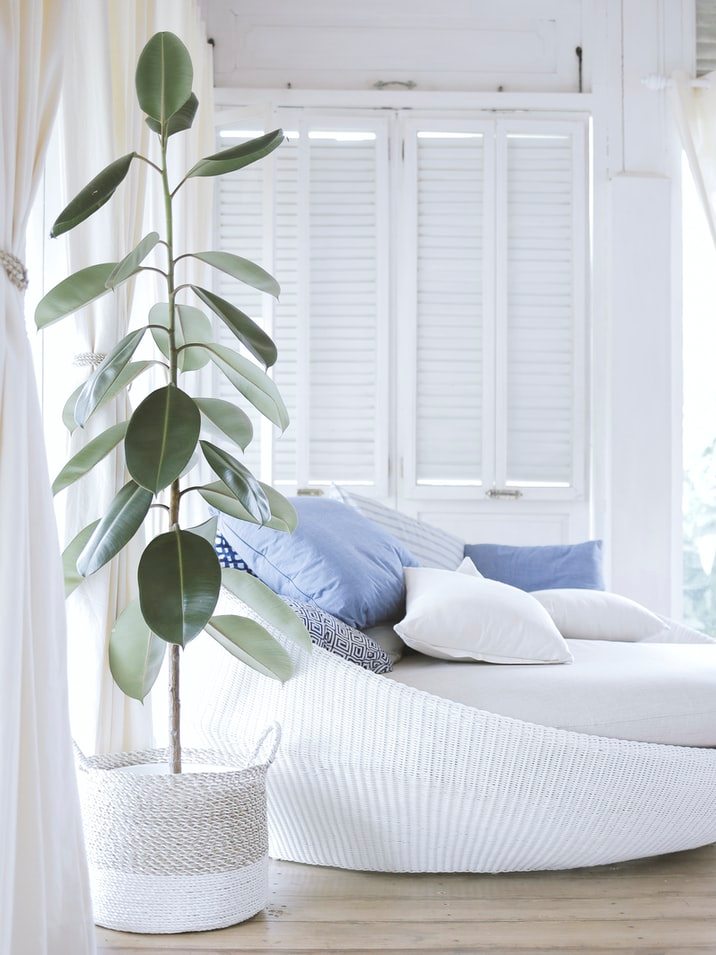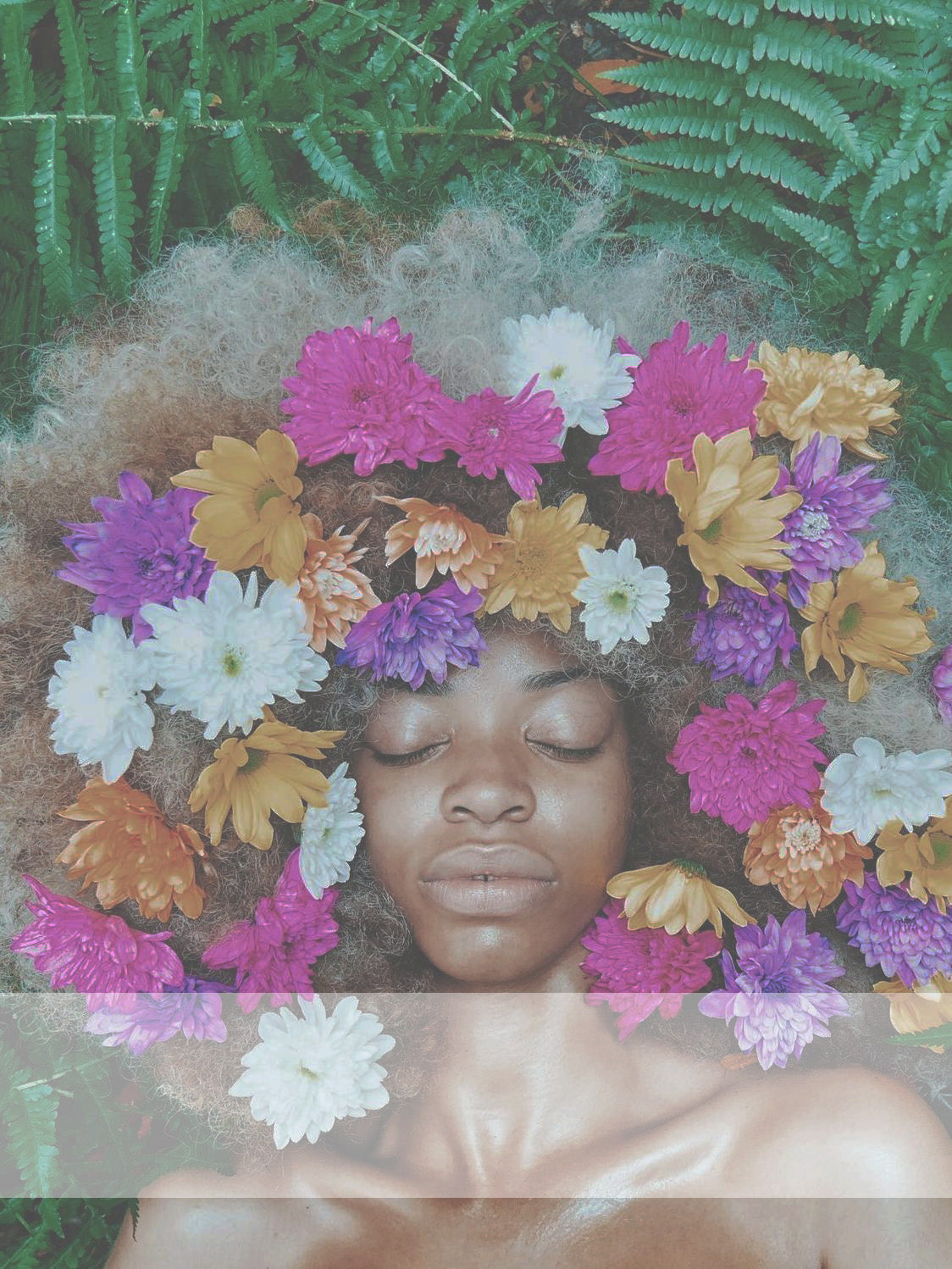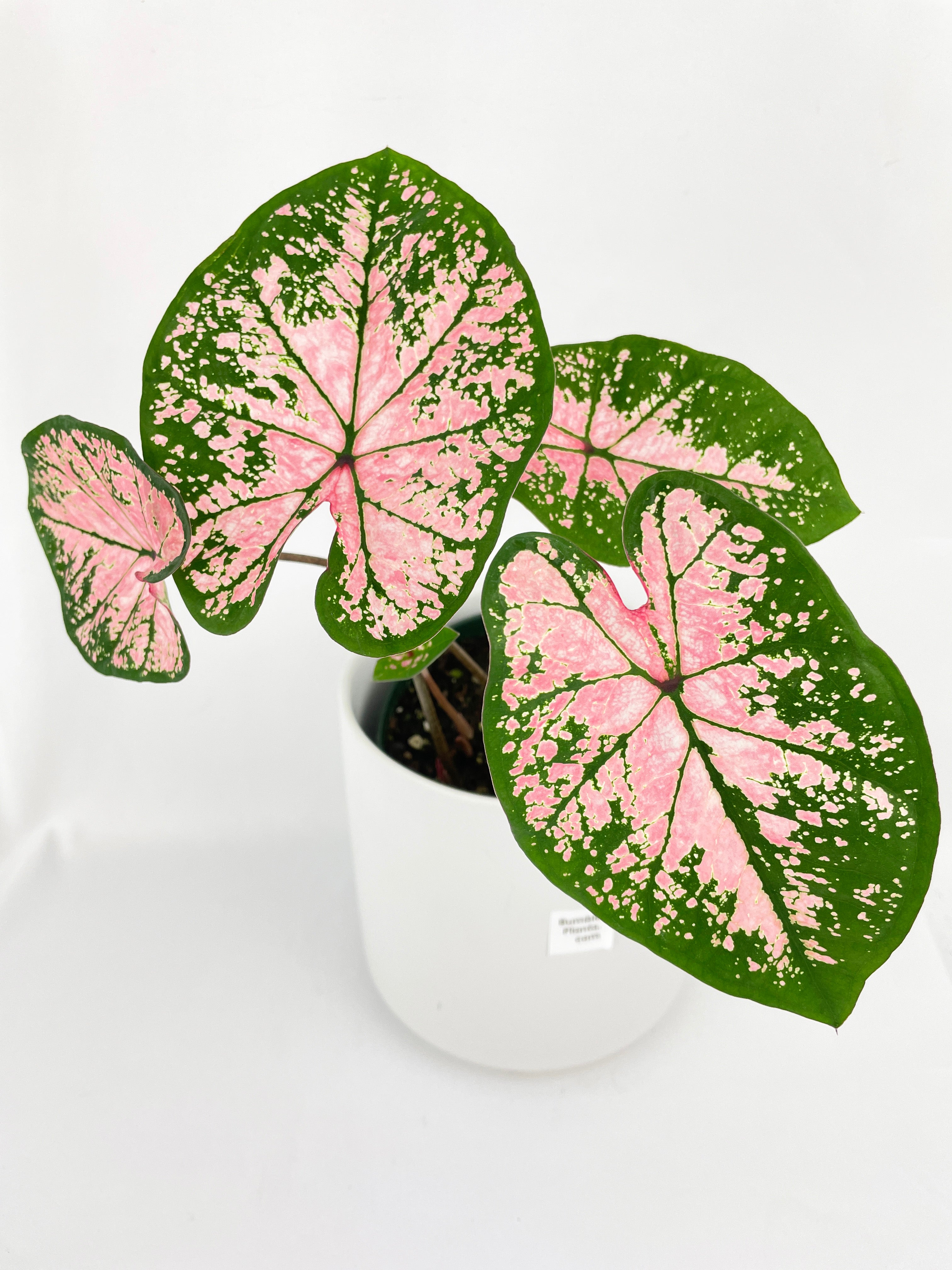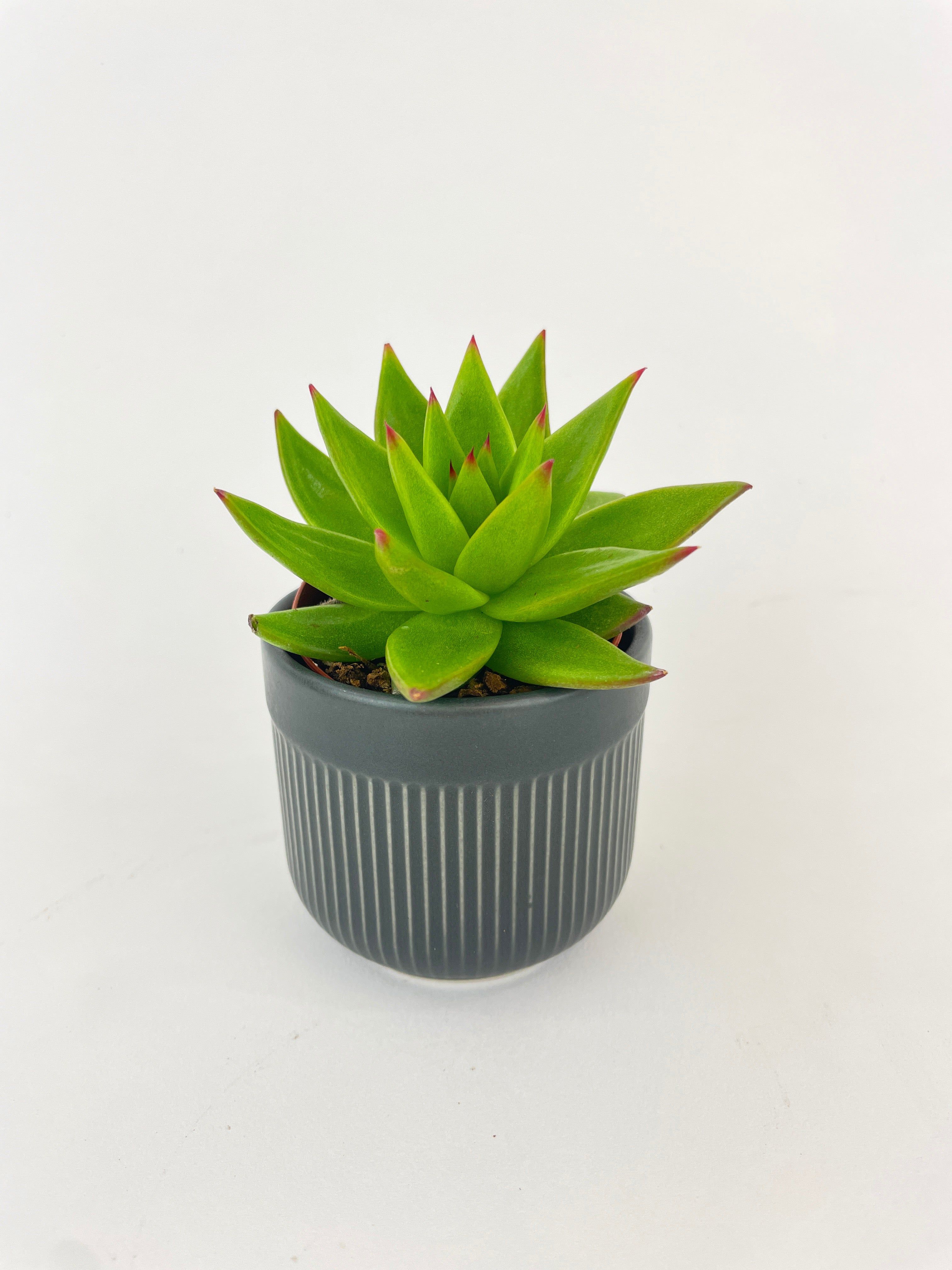Dive into the lush world of the Begonia Natunaensis, a rare gem hailing from the rainforests of the Natuna Islands. This begonia stands out with its asymmetrical leaves adorned with intricate venation patterns, blending deep green hues with subtle red undertones. Perfect for small spaces or terrariums, its compact growth brings the essence of the tropics right to your home. Thriving in bright, indirect light and higher humidity, the Begonia Natunaensis is more than just a plant; it's a conversation starter, a piece of living art that encapsulates the beauty of nature.
* You will receive ONE (1) 4" plant in nursery pot, unless stated otherwise. Refer to our FAQ for more information.
Begonia Natunaensis Plant Care
Watering
Begonia Natunaensis prefers to be kept slightly moist, but be careful not to overwater as this can lead to root rot. Allow the top inch of soil to dry out before watering again.
Sunlight
This plant prefers bright, indirect light, but can also tolerate some shade. Avoid placing it in direct sunlight as this can scorch the leaves.
Temperature
Begonia Natunaensis thrives in temperatures between 60-75°F (16-24°C).
Humidity
This plant loves high humidity levels and will benefit from regular misting or a humidifier nearby. It's a great choice for a bathroom or other humid room in your home.
Toxicity
Begonia Natunaensis is toxic to pets and humans if ingested, so be sure to keep it out of reach of children and pets.
Fertilizer
Feed this plant with a balanced fertilizer during the growing season (spring and summer) to promote healthy growth.
Growth Rate
Begonia Natunaensis has a moderate growth rate and can reach up to 18 inches
Pruning
Regular pruning can help to keep this plant looking neat and tidy. Pinch back new growth to encourage a fuller plant and remove any dead or yellow leaves.
Propagation
This plant can be propagated by stem cuttings or by division. Simply take a cutting with a node and place it in water or soil until it roots.
Soil Mix
Begonia Natunaensis prefers a well-draining soil mix that is rich in organic matter. A mix of peat moss, perlite, and potting soil is a great choice.
Repotting
Repot this plant every 1-2 years or when it becomes root-bound. Choose a pot that is one size larger than its current pot and use fresh potting soil.
Common Pests
This plant is susceptible to mealybugs, spider mites, and thrips. Check regularly for signs of infestation and treat promptly if necessary.
Common Problems
Overwatering can lead to root rot, while underwatering can cause the leaves to wilt and turn brown. Ensure the plant is getting the right amount of water and adjust as necessary. Yellow leaves can be a sign of too much sunlight, while brown or crispy leaves can indicate too little humidity. Adjust the plant's environment accordingly.

